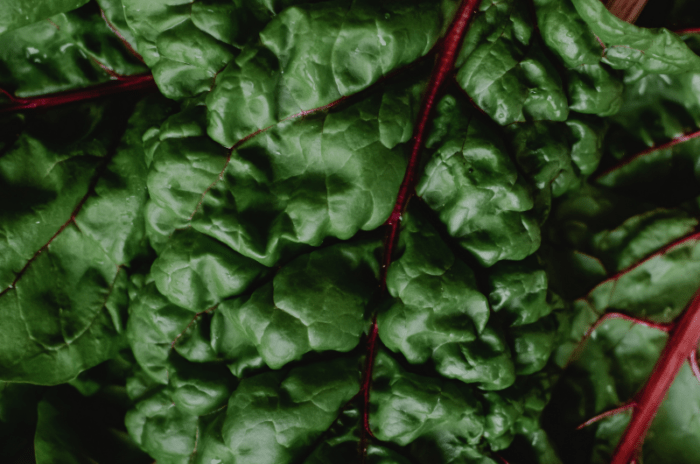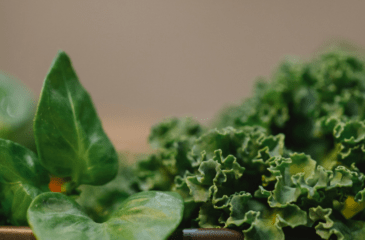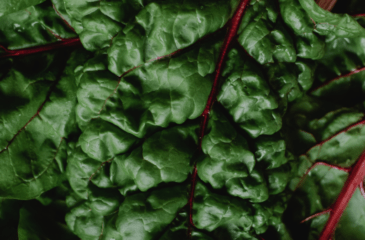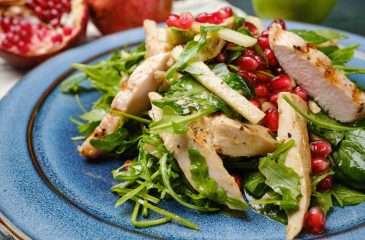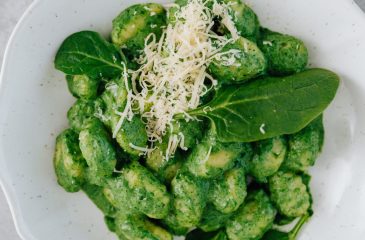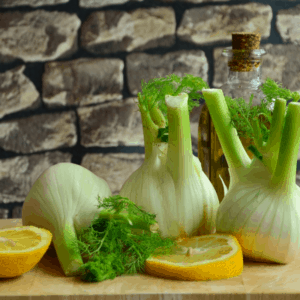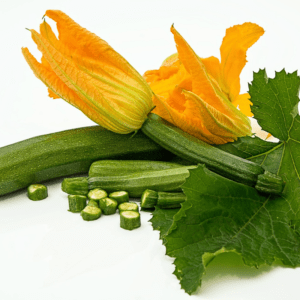Spinach is a leafy green flowering plant native to central and western Asia from the Amaranthaceae family, subfamily Chenopodioideae.
The leaves are alternate, simple, ovate to triangular, and very variable in size: 2–30 cm long and 1–15 cm broad, with larger leaves at the base of the plant and small leaves higher on the flowering stem.
Originally from southwestern Asia, it was introduced to Europe around 1,000, although it only became important as a food during the 19th century. Growing spinach requires a fairly cool climate, which is why it is best grown in spring or autumn. Spinacia oleracea is a species that easily resists low temperatures, up to 5 degrees, while the heat of summer can cause pre-flowering which ruins the crop.
The leaves can be eaten raw in salads and sandwiches, especially when they are young and tender. Spinach may be boiled or stir-fried, and is included in a wide array of dishes for nearly every course.
Lightly cooked, and served dressed with olive oil and lemon, spinach is a simple yet celebratory dish. Chopped or pureed, spinach can be kneaded into dough for a vibrant green pasta, or mixed with ricotta as a filling for ravioli or tortellini.
Spinach is delicious added to braised meats, throughout the Mediterranean, especially with either tomatoes, or lemon. Spinach is adored in Greece, especially in spanakorizo, the rice and spinach pilaff which is an excellent vegetarian dish, and not to forget spanakopitta, perhaps Greece’s most famous pie: buttery flaky pastry filled with spinach and aromatics.
Throughout the Middle East spinach is used in pastry dishes. Further East, in the Indian subcontinent, spinach is cooked with spices and either meat, potatoes, or firm non-melting cheese, a wonderful dish whichever you choose to combine the spinach with!
Raw spinach is 91% water, 4% carbohydrates, 3% protein, and contains negligible fat. Spinach has a high nutritional value, especially when fresh, frozen, steamed, or quickly boiled.
It is a rich source (20% or more of the Daily Value) of vitamin A, vitamin C, vitamin K, magnesium, manganese, iron and folate, as well as a good source of the B vitamins riboflavin and vitamin B6, vitamin E, calcium, potassium, and dietary fibre. Although spinach is high in iron and calcium content, raw spinach contains high levels of oxalates, which block the absorption of calcium and iron in the stomach and small intestine. Spinach cooked in several changes of water has much lower levels of oxalates and is better digested and its nutrients absorbed more completely.; cooking or eating spinach with dairy foods, such as butter or cream, is believed to help block the problems of the high oxalates.


